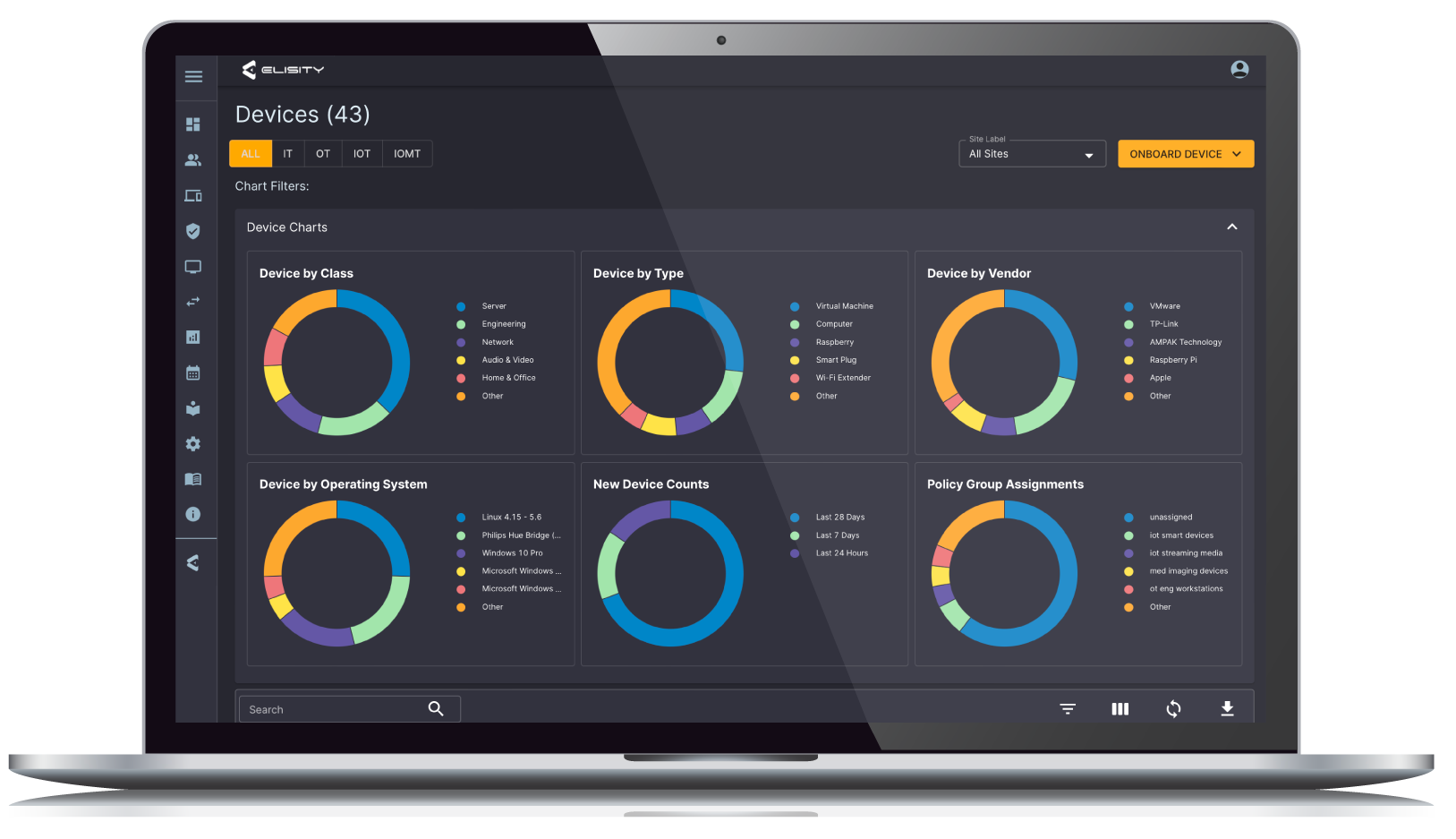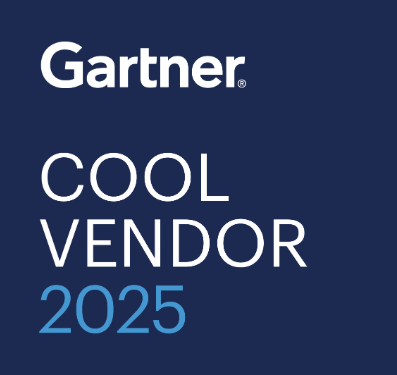Reliable Business Continuity
Network Segmentation Simplified with Elisity
Navigate the cybersecurity landscape with confidence. Experience the ease of network security with Elisity's Identity-Based Microsegmentation solution. With our robust, context-aware policies for users, devices, and applications, guard your business against ransomware, insider threats, and advanced persistent threats.
Key Capabilities
Unleash Full Network Visibility with IdentityGraph™
Take command of your network. Transform switches into powerful sensors and monitor device and user behavior with IdentityGraph™. Know your network like never before.
- Deploy Virtual Edges at all your sites
- Monitor and collect device and user data
- Integrate with all systems for identity and inventory
- Gain unprecedented visibility and understanding of your network
Unlock Smart Asset Classification
Enable informed decision-making. Classify and arrange your assets for optimal policy enforcement using Elisity's Learning Mode. Craft initial policy strategies that are tailored to your business needs.
- Identify, classify devices, users, and applications
- Organize your assets into logical groupings
- Collaborate with business stakeholders to understand usage and needs
- Design and test initial policy strategies

“The power of Elisity lies in its simplicity and comprehensive features. From seamless implementation to advanced policy simulation, it's become an integral part of our cybersecurity strategy.”
Jonathan E.
Deputy Chief Information Security Officer
Risk-Free Policy Simulation
Ensure your network policies are effective before going live. Preview policy impact, detect issues, refine policies, and devise a comprehensive rollout plan for your network with Elisity's Simulation Mode.
- Test policies in production environment
- Identify and fix any issues or gaps in the policies
- Refine policy to ensure it is efficient and effective
- Roll out policies to your entire network with confidence
Stop East-West Attacks, Microsegment Your Networks
Learn why and how large enterprises are reducing risks and accelerating their Zero Trust maturity with Elisity.
Swift, Non-Disruptive Deployment
Replace the complexity with simplicity. Implement Elisity within hours, maximizing your current hardware investments. Move past VLANs, IPs, or ACLs and ensure secure, seamless operations.
- Leverage existing hardware investments
- Rapid deployment on existing infrastructure
- Bypass the complexities of VLANs, IPs, or ACLs
- Zero operational disruption
“Elisity's deployment at GSK is nothing short of revolutionary, making every other solution pale in comparison. With a striking speed of less than 30 minutes per location, Elisity's integration is bolstering GSK's operations like never before."

Michael Elmore
CISO at GSK
"Elisity’s non-disruptive implementation has revolutionized our network security approach. We were able to deploy the solution in hours without any disruptions, which is crucial in a healthcare environment."
Franklin V.
Director of Network Security
Seamless Expansion
Achieve growth with minimal disruptions using our phased deployment approach. Monitor network traffic, detect anomalies, and fine-tune your policies over time for maximum security.
- Deploy policy in waves to minimize disruption
- Group waves into logical steps for efficient rollout
- Monitor network traffic and identify exceptions
- Refine, tune and perfect your policies over time
Secure Your Business Now
Don’t let threats take you and your team by surprise. Reclaim control of your network’s security posture with Elisity. Apply identity-based, explicit trust security policies to reduce risks and achieve your cybersecurity objectives confidently.



